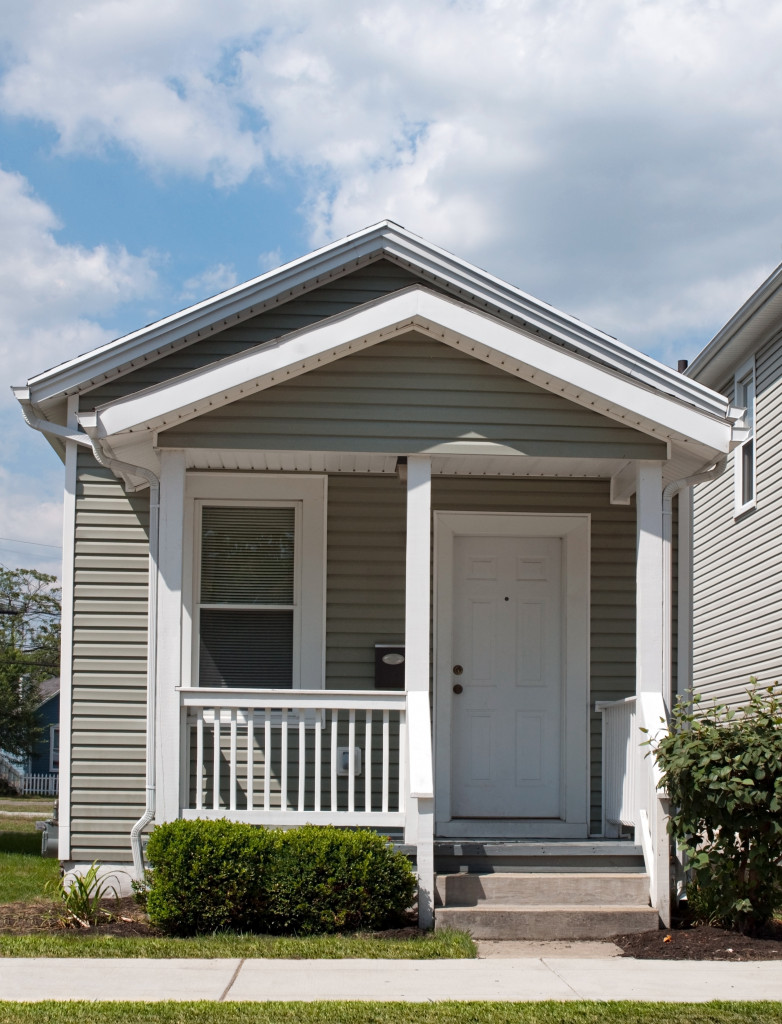What is a tiny house? A tiny home is generally considered to be a dwelling that’s 400 square feet or smaller. Because of its size, it costs much less than a traditional house. Many people can afford to build one without a mortgage. It helps people get out of debt. By saving money on housing costs they have more money for other needs.
One of the best benefits that a tiny home offers is its potential to reduce your carbon footprint. You need less energy to heat and cool it. You can only have so much stuff in the small space so you also have less waste. A tiny home is, therefore, not only good for you but also for the environment. By extension, it is good for the community.
Furthermore, a tiny home encourages you to spend more time outdoors. Because of the tiny space inside, most tiny house owners have an outdoor living area to enjoy the open air space.
If you’re considering building a tiny home, here are some tips to get you started.
Best Practices for Building a Tiny House
1. Get rid of anything you don’t need.
Before you even start planning your tiny home, it’s vital to declutter your life and get rid of anything you don’t need. That includes physical belongings as well as mental clutter. Consider what brings you joy and what doesn’t. Get rid of anything that doesn’t contribute to your happiness. You will then see just how much, or how little, space you need to live in.
2. Find a suitable location.
Once you’ve decluttered your life, it’s time to find the perfect location for your tiny home. If you want to live off the grid, you’ll need to find a piece of land with access to water and electricity. If you want to be closer to civilization, you can look for tiny home communities or even RV parks that allow tiny homes.
3. Choose the right size.
Tiny homes come in all shapes and sizes, so choosing the right size for your needs is important. If you’re single or have a small family, you may only need a 200-square-foot home. But if you have a larger family or frequently entertain guests, you may need a 400-square-foot home.
4. Decide on the layout.
Once you know how much space you have to work with, it’s time to start planning the layout of your tiny home. You need to decide where each piece of furniture will go and how you will use the space. For example, you may want a Murphy bed that folds up into the wall when not in use.
5. Choose suitable materials.
When building a tiny home, choosing high-quality, durable materials is essential. That is because you don’t have a lot of space to work with, so everything needs to be well-made and long-lasting. Some suitable materials to use include steel, aluminum, and concrete.
6. Use recycled materials whenever possible.
It’s possible to find recycled materials of good quality. Many tiny house owners take pride in using as many recycled materials as possible in their homes. For instance, you can take the cabinetry from an old home and have these cabinets refaced.

7. Hire a professional builder.
While building a tiny home yourself is possible, it’s often better to hire a professional builder. They have the experience and knowledge necessary to build a high-quality, durable tiny home.
8. Get the right permits.
Before you start building your tiny home, you need to ensure that you have all the necessary permits. Otherwise, you could be fined or forced to tear down your home.
9. Insulate your home properly.
One of the most critical aspects of building a tiny home is insulation. That is because you want your home to be energy-efficient and comfortable in all weather conditions. There are many types of insulation available, so make sure to choose the right one for your needs.
10. Install energy-efficient windows.
In addition to insulating your tiny home, you also need to install energy-efficient windows. That will help keep your home cool in the summer and warm in the winter. There are many types of energy-efficient windows available, so make sure to choose the right ones for your needs.
11. Use solar power whenever possible.
Solar power is a great way to power your tiny home while also being environmentally friendly. If you live in an area with lots of sun, solar power can be an excellent option. There are many types of solar panels available, so make sure to choose the right ones for your needs.
12. Use green building techniques whenever possible.
Apply other green building techniques, such as ensuring that your roof has heat-reflecting paint. Alternatively, you can design a green roof covered with plants. You can grow your food on your roof while cooling your tiny house. You can also use a composting toilet, a low-flow showerhead and faucets, glass tiles, and cork for your flooring.
Live Tiny and Happy
Tiny homes are becoming more and more popular and for good reasons. They offer many benefits, such as cost savings, environmental friendliness, and flexibility. If you’re thinking about building your own tiny home, follow these 12 tips to ensure that your home is well-insulated, energy-efficient, sustainable, and most of all, comfortable.


